Diamonds have been a girl’s best friend for thousands of years, and there are no signs of that old adage going anywhere. The demand for diamonds has only grown over the years, which is why they remain one of the most admired and valuable stones available. Now with the emergence of lab grown diamonds—considered a more sustainable alternative to mining them from the earth, diamonds are now more accessible than ever.

The Four C’s are key in determining a diamond’s value. Carat, clarity, color, and cut equally make up the globally recognized standards in assessing the quality of a diamond. If a diamond has 1 carat, is unblemished, has a stunning colorless appearance, but has an asymmetrical cut, it won’t be valued as highly as one that has those attributes as well as a more symmetrical cut. This is why the price of diamonds can vary significantly. To help you make an educated purchase decision, some knowledge about the Four C’s can be helpful, so be sure to check out our blog all about it!
If you’re in the market for a vintage or second-hand diamond, you’re probably doing quite a bit of in-person shopping. While there are still some vendors out there who will list a cubic zirconia or a glass ring as a diamond, more often than not, fake diamonds are sold unknowingly as real diamonds by inexperienced resellers. Here are some ways to spot a fake diamond while you’re out shopping.
Buy Through a Trusted Vendor
You’d be surprised by how many vendors both online and offline falsely advertise diamonds. It may sound obvious, but your first line of defense when it comes to avoiding a fake diamond is to shop with a reputable vendor. My biggest tip? Do your research. Just as you wouldn’t buy an apartment sight unseen without a realtor, don’t buy a diamond from the first result that pops up on Google. Spend some time getting to know the vendor by contacting them, reading third party testimonials, and ensuring they have an active social media presence. Remember: buying a diamond is an investment, so treat the purchase process as such!
Use a Diamond Tester
A diamond tester uses thermal conductivity to determine a true diamond from a fake one. The accuracy of these tools is quite high and helps you to check the authenticity in a matter of seconds. The best part is that these are typically under $20, and they fit perfectly in your purse for ease and convenience when you’re shopping for a diamond in person.
Fog Test
A quick way to help you determine if a diamond is real or fake is by breathing onto it. If you notice that it fogs up and takes several seconds to clear, it’s likely a fake diamond. If the fog clears right away, it’s probably a real diamond.
A Blacklight
Blacklights have an effect on diamonds called fluorescence. If you place a real diamond under a UV light, it will likely glow blue or sometimes yellow. If it doesn’t glow, it may not be a diamond. This test isn’t foolproof, however, as some true diamonds don’t have fluorescence, and some other gems glow different colors under UV light. You can test the fluorescence with a pocket sized UV light like this one.
Use a Loupe
Jewelers often use a loupe to look at diamonds and other gemstones when determining the Four C’s as well as other qualities. This identifying tool is another inexpensive way to tell the difference between a real diamond and a fake one. When looking through a loupe, take a look at the diamond’s edges. If they’re sharp, it’s likely a diamond. If the edges are rounded, it’s a fake. You can also look for facets—the flat geometric surfaces on a stone—through a loupe. This will show how the stone polarizes light. If the gem splits light into two or more directions, it’s a fake diamond since diamonds are singularly refractive.
I hope these diamond facts have given you some tools to spot a fake diamond in the wild. If you have any questions about diamonds, please reach out to us at NOGAMA Jewelry and we’ll be more than happy to help and to find you the diamond of your dreams.

